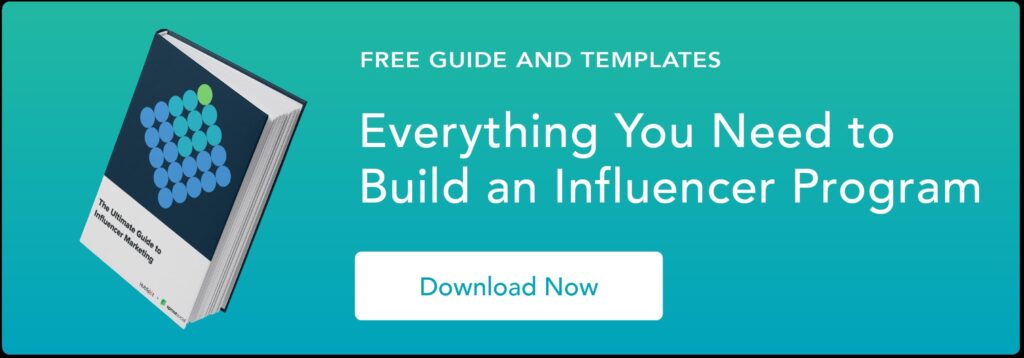Are Virtual Influencers the Future of Marketing, or Untrustworthy Advertising (Top 15 Virtual Influencers)

Just last week, I purchased a yoga mat after seeing a sponsored post on Instagram from fitness influencer Cassey Ho.
Ho commands a large following on YouTube thanks to her bubbly personality and Pilates prowess. Ultimately, her endorsement was enough for me to click “Buy.”
But could this influencer magic work with a non-human influencer? In 2023, computer-generated influencers might argue, “Yes.”
Here, we’ll discuss whether virtual influencers are the future of marketing, and list the top 15 virtual influencers of 2023. Let’s dive in.
Tables of Contents
Are Virtual Influencers The Future of Marketing?
The Top 15 Virtual Influencers
What Virtual Influencers Can Offer — and What’s Missing
Let’s take a look at this post from Miquela Sousa (@lilmiquela), a virtual influencer with over 2.7 million followers on Instagram:
By all accounts, the post looks real. Miquela, a 19-year-old Brazilian-American model, influencer, and singer, is posting a #sponsored post for Calvin Klein and posing with fellow model Bella Hadid.
But Miquela is a computer-generated character, introduced by Los Angeles company Brud in 2016. Each month, almost 260,000 people listen to her music on Spotify. Miquela works with major brands ranging from Prada to Samsung, and she’s even given interviews at Coachella.
All of which raises the question — why should companies pay real human influencers to promote their products, when they can create their own personal influencer from scratch?
Are Virtual Influencers The Future of Marketing?
Before we consider the pros and cons of virtual influencers, let’s explore some examples.
First, as previously mentioned, there’s Lil Miquela. When you scan through her Instagram posts, you quickly realize her captions make her sound like a regular teenager.
In fact, in the following post, she even sounds like she has real emotions, writing, “[One of angel boi’s friends] blew up at me at lunch and stormed out as I ugly cried in front of about 50 strangers… and now he won’t respond to any of my texts”:

While her caption is fake, her followers’ comments are real — many of Lil Miquela’s followers respond with empathy or shared experiences, like one comment that read, “This same thing happened to me once, you’ll get through it.”
Besides Lil Miquela, there are other “virtual humans” out there.
For instance, Xinhua News, a Chinese media outlet, unveiled an AI news presenter in 2018 who can work 24 hours a day without breaks, reducing news production costs. A year later, they unveiled a female AI news anchor known as Xin Xiaomeng.

In another example, Balmain, a fashion label, commissioned photographer Cameron-James Wilson to create a diverse “virtual army” of models for Olivier Rousteing’s 2018 collection:
Source:: HubSpot Blog








